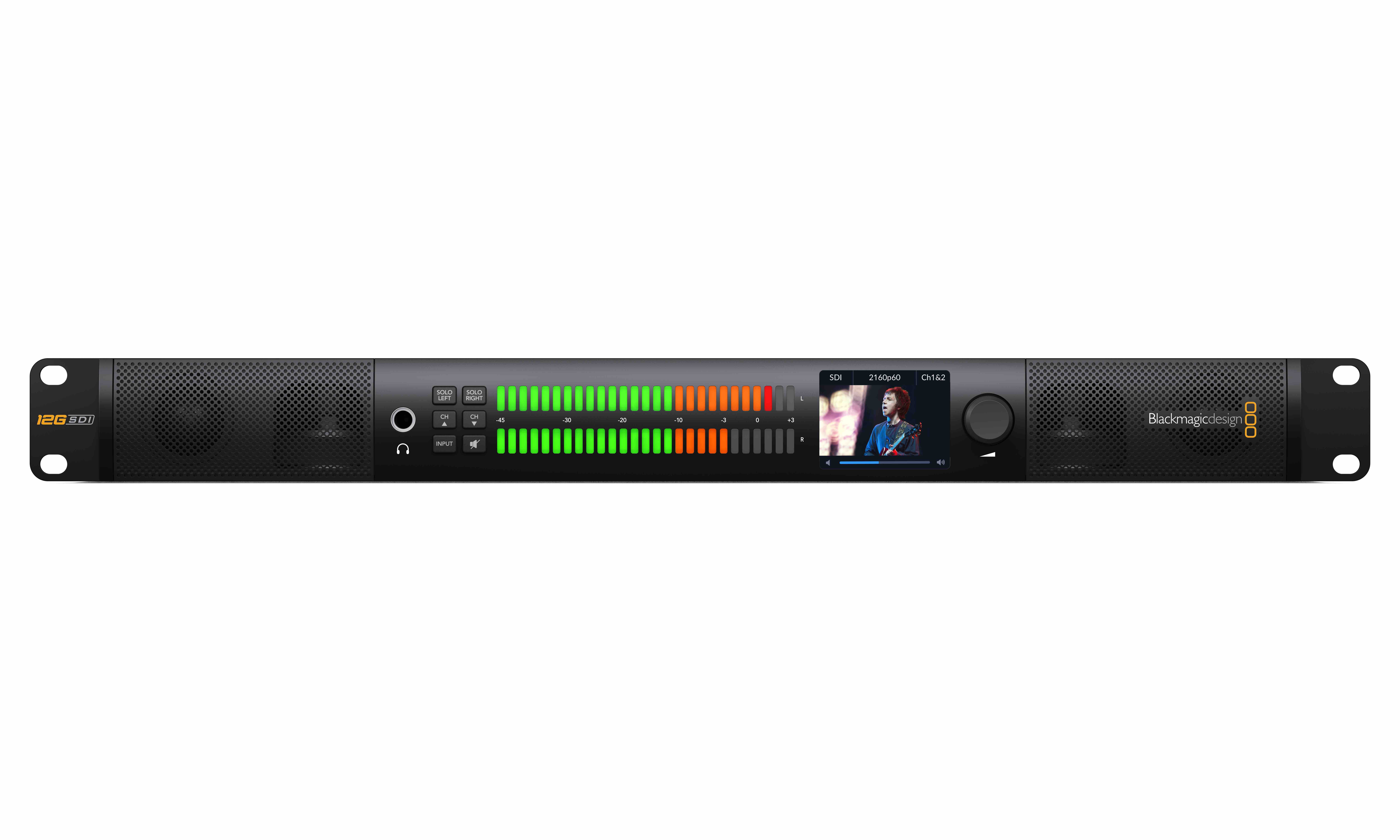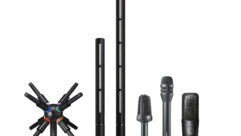Scientists at the University of Washington have created a new kind of noise canceling that they are calling “semantic hearing.” At its core, semantic hearing utilizes deep-learning algorithms to pinpoint and identify the characteristics of different sounds. In practice, this results in noise canceling headphones (attached to a smartphone) that can let through the type of sounds the user desires, be it the chirping of birds, human speech, or alarms.
New transparent turntable debuts
The current version of the semantic hearing system allows users to block all sounds while letting select sounds through, or let all sounds through while blocking select sounds. The team working on the project has published a paper on their findings.
“Understanding what a bird sounds like and extracting it from all other sounds in an environment requires real-time intelligence that today’s noise-canceling headphones haven’t achieved,” said Prof. Shyam Gollakota. “The challenge is that the sounds headphone wearers hear need to sync with their visual senses. You can’t be hearing someone’s voice two seconds after they talk to you. This means the neural algorithms must process sounds in under a hundredth of a second.”









